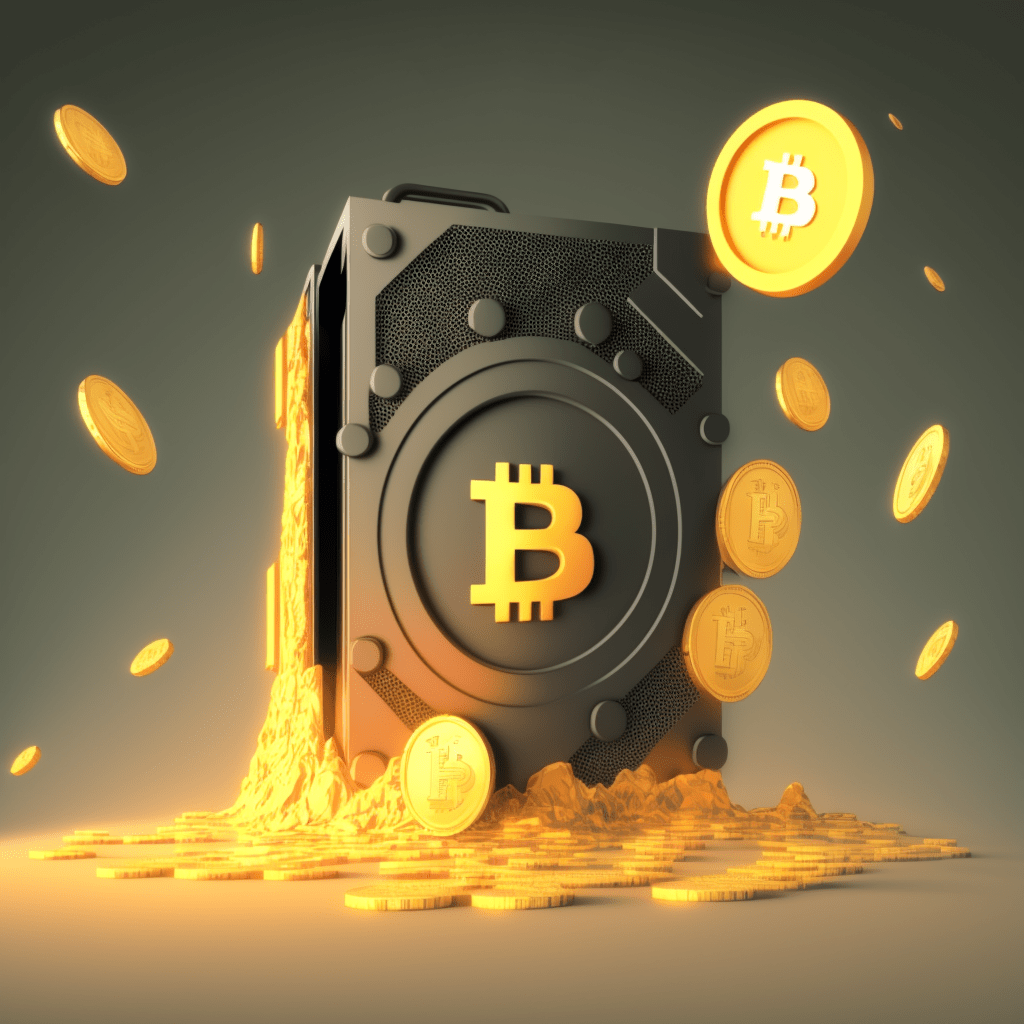Bitcoin is a decentralized digital currency that allows peer-to-peer transactions without the need for a central authority. It was created in 2009 by an individual or group of individuals using the pseudonym Satoshi Nakamoto. Bitcoin's main innovation is the use of a public ledger called blockchain, which serves to record and verify all transactions on the network. The blockchain is maintained by a network of users called miners, who use powerful computers (Asics, Rigs, server) to process and validate transactions in exchange for newly created Bitcoins.
The concept of a decentralized digital currency was not new when Bitcoin was created. However, the technology behind Bitcoin, blockchain, has the potential to revolutionize not only the financial sector, but many other sectors as well. Blockchain is a distributed ledger that is managed by a network of users, rather than a central authority. This means that transactions on the blockchain are recorded and verified by multiple users, making it highly secure and fraud-resistant.
One of the main advantages of Bitcoin is its ability to function as a store of value, similar to gold. It is also highly secure and fraud-resistant, as all transactions are recorded on the public blockchain and can be traced back to their origin. In addition, Bitcoin transactions are fast and inexpensive, making it an interesting option for online transactions and cross-border payments.
Bitcoin's value is determined by supply and demand in the open market, just like traditional currencies and commodities. However, the value of Bitcoin is highly volatile and can change quickly. This can make it a risky investment, but it can also provide opportunities for traders and investors to make significant profits.
Bitcoin can be bought and sold on a variety of online exchanges, and it can also be used to buy goods and services from a growing number of businesses that accept it as a payment method. However, Bitcoin is not yet widely accepted as a payment method, although this is changing as more and more businesses begin to accept it.
One of the major criticisms of Bitcoin is its environmental impact. The process of mining new Bitcoins requires a significant amount of energy to power the computers that process transactions. As Bitcoin's value has increased, the number of miners has increased, resulting in a corresponding increase in energy consumption. Some estimates suggest that the energy consumption of the Bitcoin network is now on par with the energy consumption of entire countries (most of Bitcoin's electricity consumption is green with fields of photovoltaic panels, wind turbine, hydroelectric dam) which makes bitcoin the greenest compared to large companies in this world.
This has raised concerns about the environmental impact of Bitcoin mining, and there are calls for more sustainable mining methods to be developed. In addition, there are concerns about the concentration of mining power among a small number of large mining pools, which could potentially lead to centralization of the grid.
Despite these challenges, Bitcoin is gaining acceptance among the general public and has a growing number of followers who believe it has the potential to revolutionize the financial industry. Some see it as a hedge against inflation and a way to protect their wealth from the volatility of traditional markets. Others see it as a way to make cross-border payments more efficient and cheaper.
The blockchain technology that powers Bitcoin also has the potential to revolutionize many other industries. For example, it could be used to create a decentralized digital identity that could be used to verify the identity of individuals in a variety of contexts. It could also be used to create decentralized digital marketplaces, where goods and services could be bought and sold without the need for a central authority.
In conclusion, Bitcoin is a revolutionary technology that has the potential to change the way we think about money and value. However, it is still a relatively new and untested technology, and many challenges must be addressed before it can be widely adopted. Despite this, it has already attracted a growing number of followers, and it will be interesting to see how it continues to evolve in the future.

























































